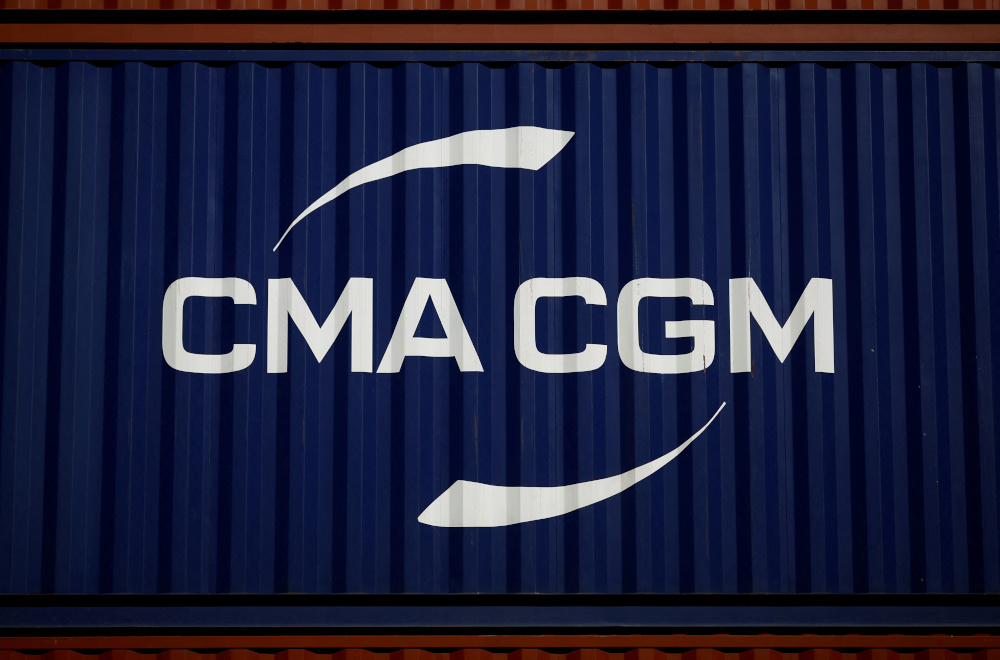WASHINGTON, Jan 14 — The scourge of rising prices now ranks among American business leaders’ top concerns, according to a survey released Thursday, while Federal Reserve official indicated the central bank is ready to move against inflation.
Official data shows signs the wave of increases may have peaked at the end of the year, but with inflation at its highest level in nearly four decades, more economists and some Fed officials say the central bank might have to be more aggressive to stem the surge.
Inflation is the number-two worry among chief executives, behind labor shortages, and the price pressures could persist into 2023, according to a survey by The Conference Board released Thursday.
“I’m very concerned about the high level of inflation,” Fed Governor Lael Brainard said at her nomination hearing before the Senate Banking Committee.
Brainard, whom President Joe Biden nominated to serve as vice chair of the central bank, said most forecasts show prices are likely to stay high for the first half of the year and come down later in 2022.
But she warned to “take these projections with a fair amount of caution.”
Brainard told lawmakers the Fed will focus on bringing inflation back down to its two-percent target but will do so “consistent with a sustained and strong recovery.”
The Fed’s key inflation-fighting tool is the benchmark lending rate, which was slashed to zero at the start of the Covid-19 pandemic.
Many economists expect three rate hikes this year, but St Louis Federal Bank President James Bullard said Wednesday policymakers might have to be more aggressive and raise four times.
Another regional Fed president, Raphael Bostic of Atlanta, said he was open to hiking as early as March.
Record inflation
Brainard, however, said the moves would be made in a “well communicated way” to ensure a “measured” response by financial markets and allow the economy to continue to recover jobs.
If confirmed, Brainard would replace Richard Clarida, who in a paper released prior to his Friday departure from the Fed argued that the price increases were closer to the Fed’s target than they appear.
“The unwelcome surge in inflation in 2021, once these relative price adjustments are complete and bottlenecks have unclogged, will in the end prove to be largely transitory under appropriate monetary policy,” he wrote.
The Fed’s hawkish shift comes after the consumer price index ended the year with a seven percent jump, the highest since 1982, while the producer price index hit a record 9.7 percent.
But the data showed price pressures easing in the final month of the year, with producer prices for energy and food declining.
“Producer prices ended the year on an encouraging note, rising less than expectations as both the headline and core PPI moderated in December,” said Mahir Rasheed of Oxford Economics.
The Covid-19 pandemic has created shortages of critical goods like computer chips for cars while transportation snags have further fanned the inflation flames, all as new strains of the virus cause additional business disruptions.
“Persistent supply disruptions will pin producer prices near record levels in the near term, especially given a rapidly spreading Omicron variant that will fan inflation pressures,” Rasheed said.
The price surge has battered Biden’s reputation even as the economy recovers from the damage inflicted by the pandemic, and his White House welcomed signs the pressures might be abating.
“Monthly inflation results are always volatile, and this report was driven in large part by a reduction in highly volatile energy and food prices, but also reflects potential improvement in prices for supply-chain related goods and services,” said Cecilia Rouse, head of the White House Council of Economic Advisors.
But she said the data underscores the need to continue to work to resolve the supply chain issues.
“Even as the economy has had a historic recovery, we continue to face challenges with prices driven by supply chain disruptions around the world.” — AFP






















